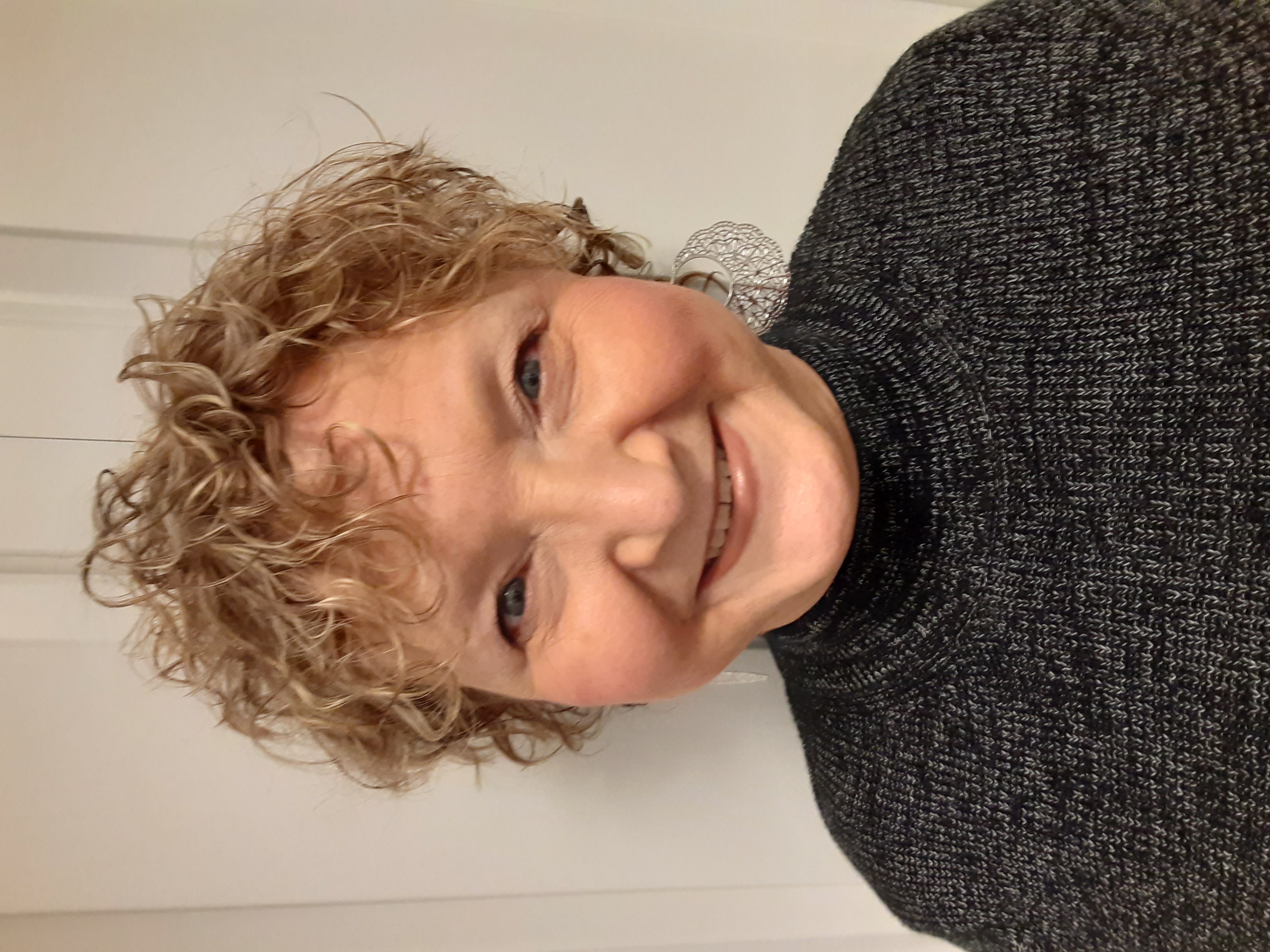Nice! Another good synthesis on this topic is: Millar, D. C., Light, J. C., & Schlosser, R. W. (2006). The impact of augmentative and alternative communication intervention on the speech production of individuals with developmental disabilities: A research review. Journal of Speech Language Hearing Research, 49(2), 248-264.
Samuel Sennott - 3/12/2015


